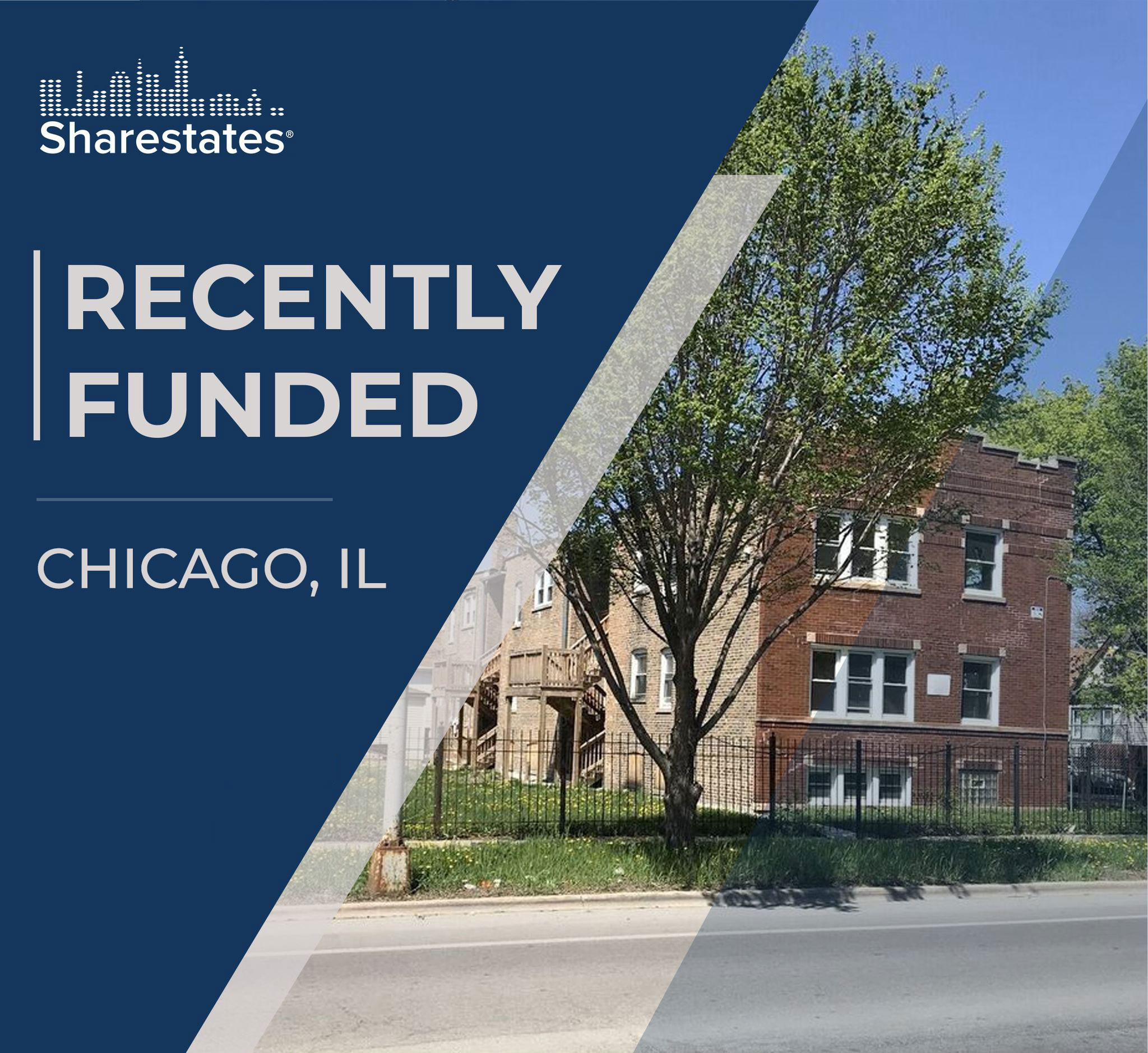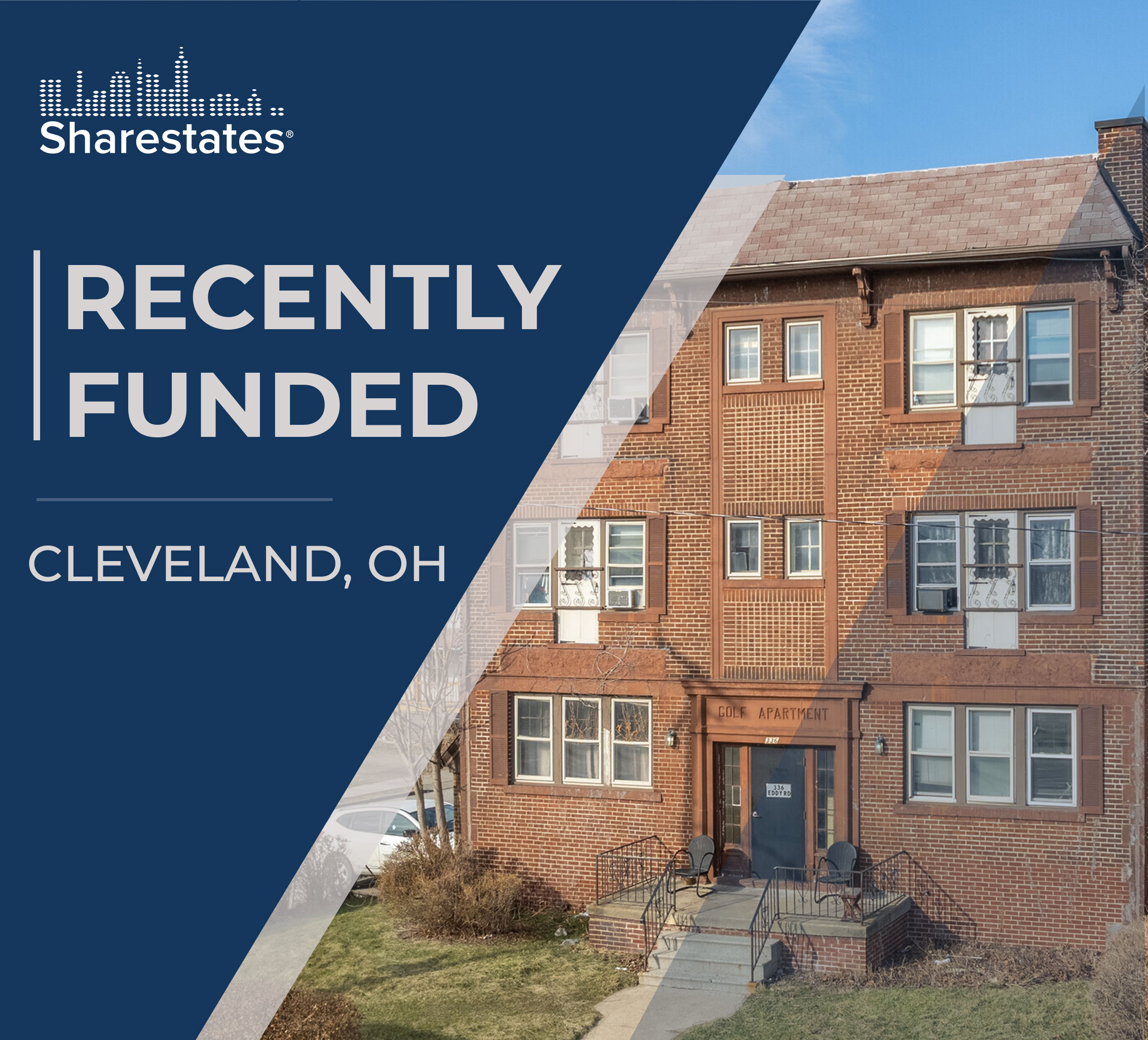 A lot of things have changed in real estate investing since March, but the Midwest region of the U.S. is steady and stable, for the most part. The region is still characterized by a low supply of housing coupled with high demand, just as it was in March. However, the area is experiencing a little bit of cooling. That, by no means, is an indication that the market is turning around. It’s still a great environment for investors.
A lot of things have changed in real estate investing since March, but the Midwest region of the U.S. is steady and stable, for the most part. The region is still characterized by a low supply of housing coupled with high demand, just as it was in March. However, the area is experiencing a little bit of cooling. That, by no means, is an indication that the market is turning around. It’s still a great environment for investors.
What has changed the most is perhaps some of the ways investors at the local level approach real estate investing. Let’s look at some of those markets.
St. Louis Has a Strong Rental Market
 One of the strengths of St. Louis is its rental market. In fact, it’s one of the top 100 rental markets in the country. St. Louis is also one of the most affordable places to live in the U.S. That’s as of November 2021, but things haven’t changed much in that regard as most places have seen an increase in the cost of living. As of June 2022, Missouri has the third lowest cost of living in the U.S.
One of the strengths of St. Louis is its rental market. In fact, it’s one of the top 100 rental markets in the country. St. Louis is also one of the most affordable places to live in the U.S. That’s as of November 2021, but things haven’t changed much in that regard as most places have seen an increase in the cost of living. As of June 2022, Missouri has the third lowest cost of living in the U.S.
St. Louis also has some great neighborhoods. Since one-third of the U.S. population rents, that means anywhere you go there is likely to be a rental market. It’s the quality-of-life factors and economy that make St. Louis an above-average center for single-family and multi-family rental properties. Much of the rental property development is ground-up and fix-and-flip investors can take an older, run-down property, update it and convert it to a rental property easily and affordably.
The bottom line, St. Louis is still rife with opportunity.
Detroit Is Making a Comeback
 The financial crisis of 2008-09 really had an impact and a lot of people left Detroit. The city is now beginning to rebuild. That rebuilding includes a lot of new construction. Investors who snapped up the thousands of foreclosures between 2011 and 2015 have put them back on the market, either to sell them or as rental properties.
The financial crisis of 2008-09 really had an impact and a lot of people left Detroit. The city is now beginning to rebuild. That rebuilding includes a lot of new construction. Investors who snapped up the thousands of foreclosures between 2011 and 2015 have put them back on the market, either to sell them or as rental properties.
There are a lot of vacant apartments in Detroit, which means landlords could be hungry for renters. That will have an impact on rents, an essential consideration for many families facing the rigors of high inflation. On top of that, house prices are up 30.4 percent year over year, and that means many would-be homeowners will be forced into renting. The home sales market is still robust, and homes are selling even if not as fast.
In Kansas, Missouri, and Indiana, the Market is Moving Toward Buy-and-Hold
Like every other U.S. city, Kansas City is seeing its housing market cool. Home sales have declined for several months in a row. Pending sales have fallen more than 30 percent since the Fed started raising interest rates. Mortgage rates have doubled, and rents have gone up. As a result, investors are switching to rental properties.
Despite the sentiment in the market, there are places where home sales are still doing well. Overland Park, Kansas, for instance, is moving homes in an average of three days. And these are homes priced in the half-a-million-dollar range.
The market still favors sellers in Indianapolis, but that’s likely to change by the end of the year. RisMedia lists Indiana as one of the three hottest real estate markets in the U.S. Specifically, Elkhart, Lafayette, and Fort Wayne are great places to find cheap real estate. Any small town in the region should be rife with opportunities for investors looking to make money when they buy. Homes are cheaper and remote work has people looking for homes in smaller towns, though that could be changing due to some callbacks with major employers in big cities.
While markets in Kansas, Missouri, and Indiana are cooling, there are still opportunities for investors. The market is switching from a seller’s market in homes to a strong market for rentals, which means many investors may be switching from a fix-and-flip mindset to a buy-and-hold strategy.
The Chicago Market Is Still Competitive
 In Chicago, bidding wars are slowing down as buyers take a second look at whether the right time to place an offer is right now. Why buy now if prices are expected to come down? That’s the foremost question on the minds of many home buyers.
In Chicago, bidding wars are slowing down as buyers take a second look at whether the right time to place an offer is right now. Why buy now if prices are expected to come down? That’s the foremost question on the minds of many home buyers.
Still, the inventory is rising. More homes on the market mean more opportunities for buyers, but they want to buy at the right price so sellers will likely have to negotiate at the table. Home sales went down in June. Foreclosures were at 3.23 percent. Median house prices are going up while pending contracts are going down.
In July, closings fell 25.9 percent from the year before. The percentage of distressed home sales went up, but this is likely a correction from the decrease caused by the COVID pandemic. Real estate investors have a lot to consider in Chicago. It’s harder to find the right deals, but when a good deal presents itself, investors can be sure it’s a good deal. The air has not left the market yet.
Ohio is Still a Hot Real Estate Market
 Things are different in Ohio. The market in Columbus is still looking good, according to AXIOS. In fact, Columbus is one of the top 10 markets for real estate investors. Columbus has a good supply of housing, but it is expensive.
Things are different in Ohio. The market in Columbus is still looking good, according to AXIOS. In fact, Columbus is one of the top 10 markets for real estate investors. Columbus has a good supply of housing, but it is expensive.
One thing that makes Columbus such a great place for real estate investors is the steady growth in population. Home prices are also up 14.3 percent since last year and sell at a median price of $280,000.
Cincinnati also has a strong housing market and a strong job outlook. As the largest city in Ohio, there’s a lot of opportunity for real estate investors looking for deals in fix-and-flip investing, rentals, and ground-up development. Since many of Cincinnati’s residents are from out of state, the rental market is strong.
In Cleveland, the bright spot for residential real estate is that the value of homes continues to increase. The average sale price in June of 2022 was $281,176, a 9.7% increase from the $256,232 mark posted during the month in 2021.
While the real estate market throughout the Midwest region is shifting, there are still opportunities for investors, but investors should be cautious and make sure they are buying the right properties at the right prices.
For more information about loan programs in the Midwest region or anywhere else in the U.S. click the button below to get started.


